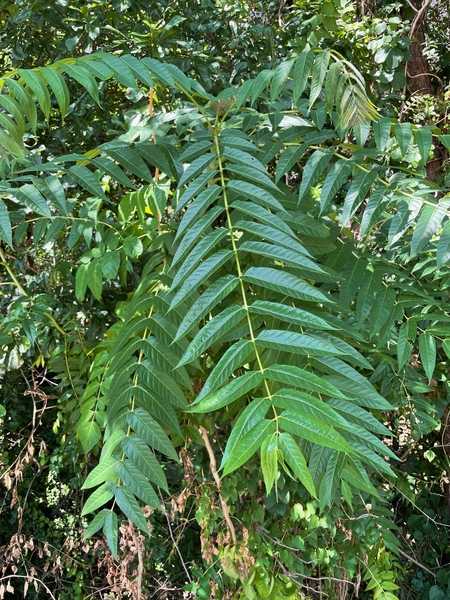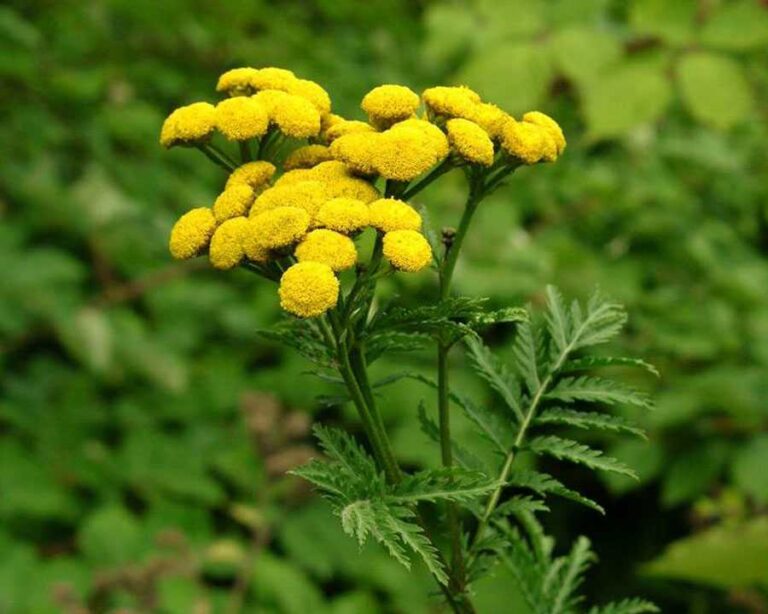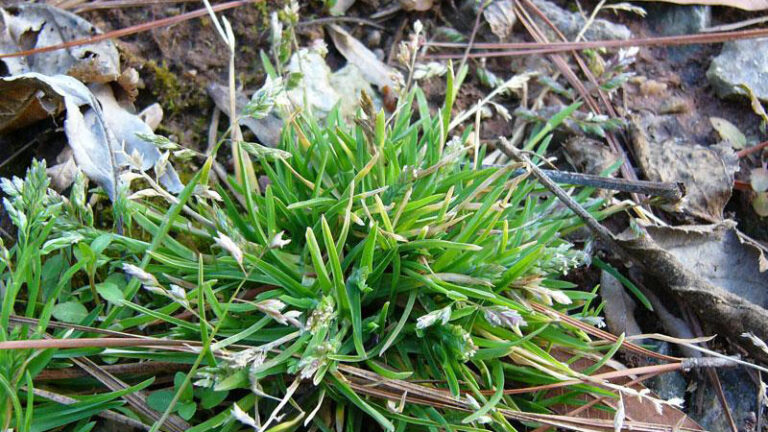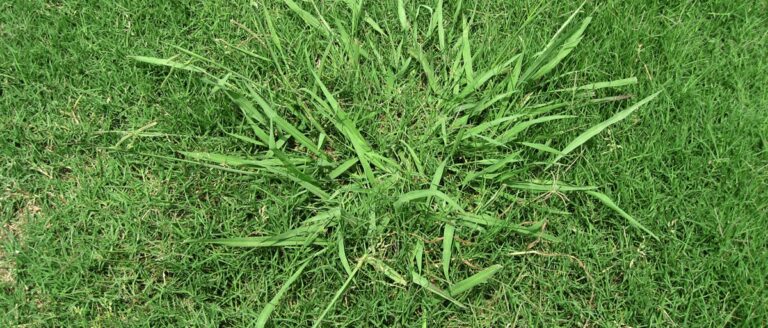Best Pre-Emergent Herbicides: What You Should Know Before Using Them
Pre-emergent herbicides are important for weed control and prevention. Unlike other herbicides, they are designed to inhibit weed seeds’ germination at the cell division stage, preventing them from emerging from the soil. If used correctly, pre-emergent treatments eliminate the need for post-emergent herbicides and help homeowners maintain a weed-free landscape.
On the other hand, using them wrongly can affect other plants on your lawn and negatively affect the environment. Below is a comprehensive guide on using pre-emergent herbicides.
What Are Pre-Emergent Herbicides?
As the name suggests, pre-emergent herbicides control landscape weeds by targeting weed seeds before they germinate. They form a chemical barrier that impedes the weed’s germination process in the early stages of growth. You should understand how these herbicides succeed in weed management using this weed killer.
Based on their mode of action, pre-emergent herbicides are only effective on newly seeded lawns. They won’t kill weed seeds that have already germinated. Therefore, timing is crucial during application. Applying a pre-emergent too early and late application renders these herbicides less effective.
Activation and overall effectiveness of pre-emergent herbicides highly depend on soil temperatures. Like most herbicides, pre-emergent herbicides only become active at specific temperatures. You’ll find these specifications on the product label.
Choosing the Right Herbicide
Selecting the right type of pre-emergent herbicide is crucial for effective weed control. These lawn care products have different active ingredients and target specific weed species, which makes choosing the right product very important. You should consider the following to select the right herbicide for your lawn:
1. Identify your target weeds
Before choosing a pre-emergent, you should identify the target weeds on your lawn or agricultural field. You should choose an herbicide designed to target the type of weeds in your lawn for positive results. While some pre-emergent chemicals are perfect crabgrass preventer, others are only effective against broadleaf weeds.
2. Know the active ingredients
Active ingredients in these herbicides kill weeds and feed grass seeds for germination. Active ingredients in various pre-emergent herbicides have different modes of action and residual activity. You should read and understand the product label or consult gardening experts.
3. Soil type and conditions
Soil type and conditions also affect the efficacy of pre-emergent weed killers. Some weed killers are effective in certain soil types. Therefore, understanding the soil type in your lawn and flower beds is important. You should also consider irrigation practices and soil moisture, as they affect herbicide activation.
4. Site compatibility
You should choose a pre-emergent herbicide that is compatible with where you intend to treat. Some pre-emergent herbicides have restrictions on where they can be used. Some are specifically designed for ornamental landscapes, residential lawns, or agricultural fields. Similarly, you should read the product label extensively.
5. Relational crops
If you intend to use pre-emergent herbicides on an agricultural field, you should consider future relational crops. Some herbicides have strong residual effects that can affect the growth of various crops.
Timing of Applications
Timing your pre-emergent herbicide application is also crucial as it affects its effectiveness in weed control. Applying at the right time prevents weeds growth and eliminates the need for post-emergent lawn treatment. Below are important factors that guide the timing of pre-emergent application:
- Soil temperature – as mentioned, weed seeds have temperature thresholds for germination. Applying herbicides when the soil temperature is within the right range forms a chemical barrier at the right time.
- Germination patterns – you should understand the germination patterns of your target weed species. While germination patterns are influenced by regional climate and seasonal changes, most weeds germinate in early spring. Ensure that your application coincides with the target weed germination period.
- Regional variations – perfect application also varies from one region to another. Local microclimates, altitude, and latitude affect soil temperature and germination patterns. Knowing these variations helps perfect your application timing.
Application Techniques for Pre-Emergent Herbicides
You should apply pre-emergent herbicides correctly for maximum weed control. The proper application creates a uniform preventive barrier in the soil, effectively inhibiting weed seeds from germinating. Below are key application considerations you should know:
- Use calibrated equipment – use calibrated sprayers and sprayers for liquid pre-emergent herbicides to ensure uniform and consistent distribution. Calibrated equipment ensures that you distribute the correct amounts per unit area, avoiding over or under-application. Similarly, find calibrated equipment for granular pre-emergent herbicide.
- Even distribution – distributing your pre-emergent herbicide evenly is crucial. The uneven application leaves gaps in your lawn. You should follow the manufacturer’s guidelines.
- Mixing and agitation – you should mix liquid herbicides properly before application. You should also agitate during application to prevent herbicides from settling down.
- Avoid wind and drift – winds and drifts can cause off-target application and gaps. They can also direct herbicides to non-targeted plants. Therefore, don’t apply these herbicides during windy days. Also, use drift-reducing spray nozzles.
- Post-application irrigation – some of the best pre-emergent herbicides require post-application irrigation.
- Safety precautions – some herbicides can pose serious health risks to humans. Therefore, follow due safety precautions to minimize contact.
FAQs
What do landscapers use as pre-emergent?
Most landscapers use pre-emergent herbicides with dithiopyr, pendimethalin, and prodiamine as their active ingredients. These herbicides form chemical barriers that prevent weeds from germinating.
When should I apply pre-emergent herbicides?
Timing your per-emergent herbicide application is vital. You should apply your pre-emergent before weed seeds start germinating. This is typically during early spring or fall. Soil temperatures are also conducive for weed germination during this period.
Does pre-emergent work on existing weeds?
No. Pre-emergent herbicides cannot be used on weeds that have germinated. You should consider post-emergent herbicides or manual removal if your weeds have already emerged from the soil.
The Bottom Line
Pre-emergent herbicides are perfect for weed control when used correctly. However, you should choose the best pre-emergent herbicide, follow application practices, and time your application accurately. Like other herbicides, you should read and follow the manufacturer’s instructions for optimal results.






